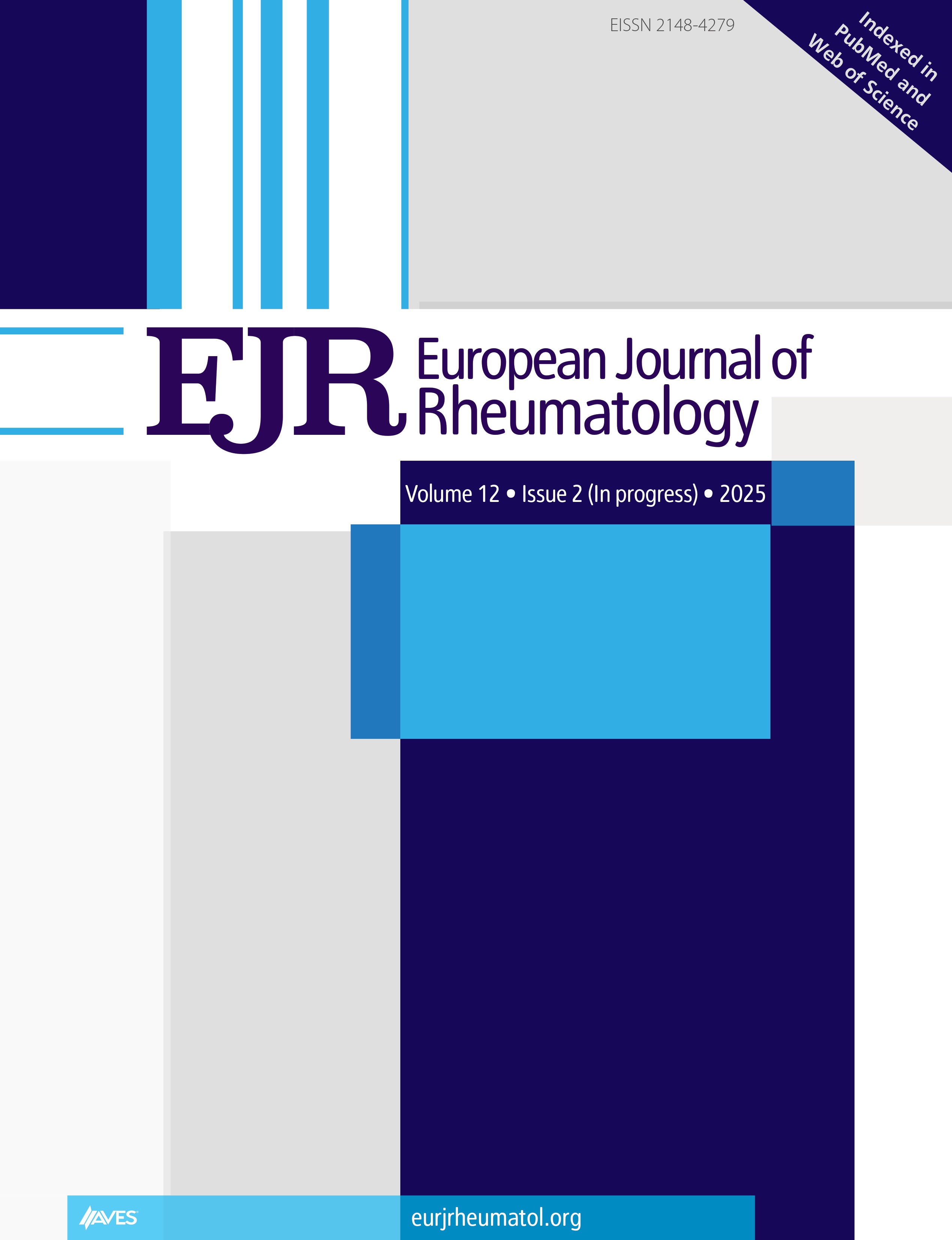Abstract
Objective: Adverse changes in body composition, specifically decreased muscle mass (MM) and increased fat mass, characterize rheumatoid arthritis (RA). These changes, termed rheumatoid cachexia (RC), are important contributors to the disability and elevated co-morbidity risk of RA. Recently, we observed substantial muscle loss (~2 kg) in a patient with RA following a single intramuscular (IM) corticosteroid (CS) injection to treat a disease flare. The aim of the current study is to determine whether this apparent iatrogenic effect of IM CS is typical, i.e., does this routine, recommended treatment contribute to RC?
Methods: Body composition was assessed by dual-energy X-ray absorptiometry (DXA) in eight patients with established RA who received a 120 mg IM methylprednisolone injection to treat a disease flare. DXA scans estimated appendicular lean mass (ALM; a surrogate measure of MM), total lean mass (LM), and total and regional adiposity at baseline (injection day) and 4 weeks and 6-9 months post-injection. Statistical analysis was performed using one-way ANOVA.
Results: There was significant loss of ALM (-0.93 kg, p=0.001, 95% CI [-0.49, -1.36]) and a trend toward reduced LM (-1.10 kg, p=0.165, 95% CI [0.58, -2.79]) at 4 weeks relative to baseline. At 6-9 months despite control of inflammation and disease activity, these losses remained.
Conclusion: Substantial muscle loss occurred in patients with RA following IM CS injection to treat a disease flare. Thus, this recommended treatment appears to exacerbate RC, thereby potentially increasing disability and co-morbidity risk. If this effect is confirmed by larger studies, the role of one-off high-dose CS in the treatment of RA should be reviewed.
Cite this article as: Lemney AB, Wilkinson TJ, Perkins CM, Nixon LA, Sheikh F, Jones JG, et al. Muscle loss following a single high-dose intramuscular injection of corticosteroids to treat disease flare in patients with rheumatoid arthritis. Eur J Rheumatol 2018; 5(3): 160-4.



.png)